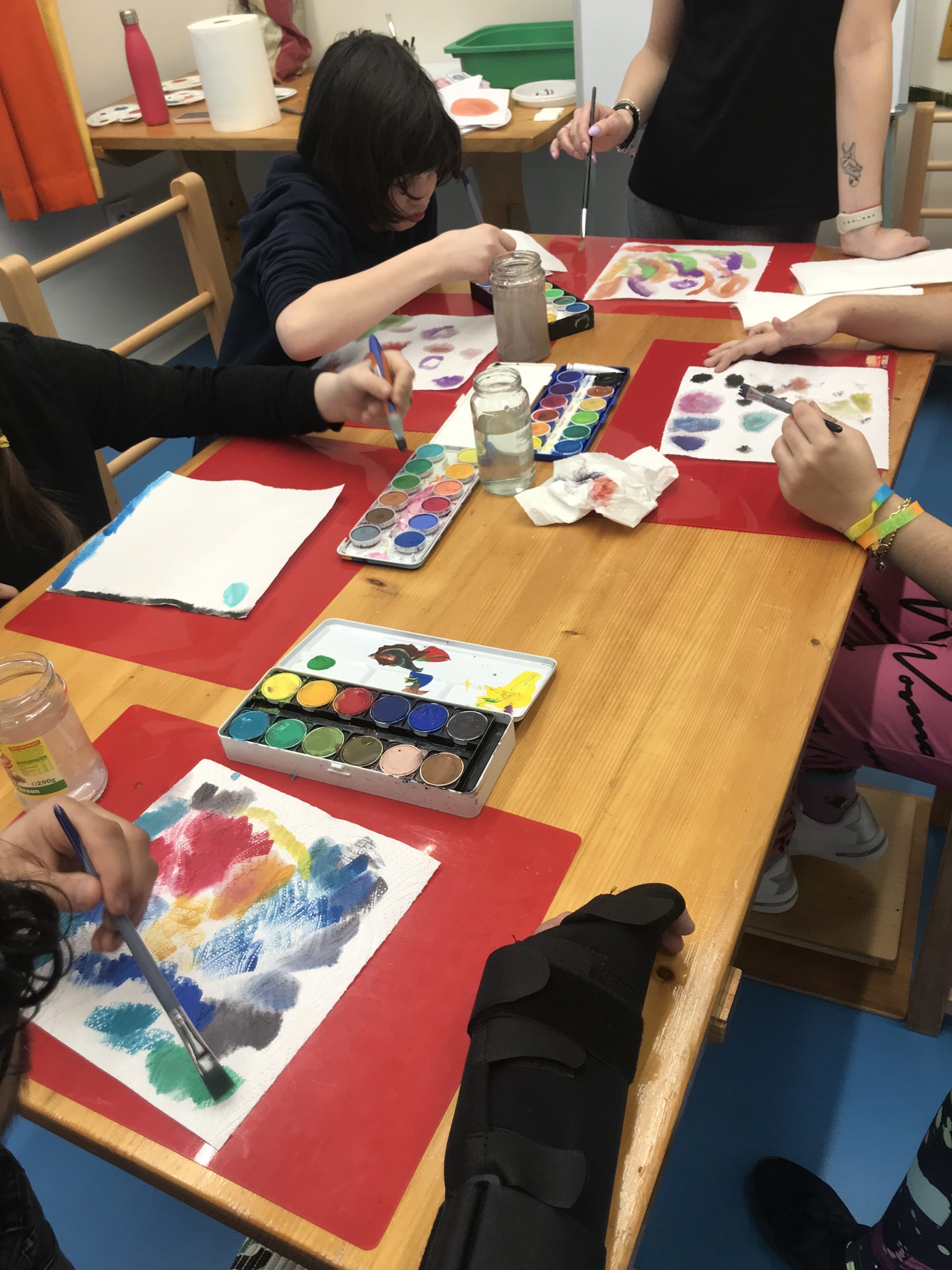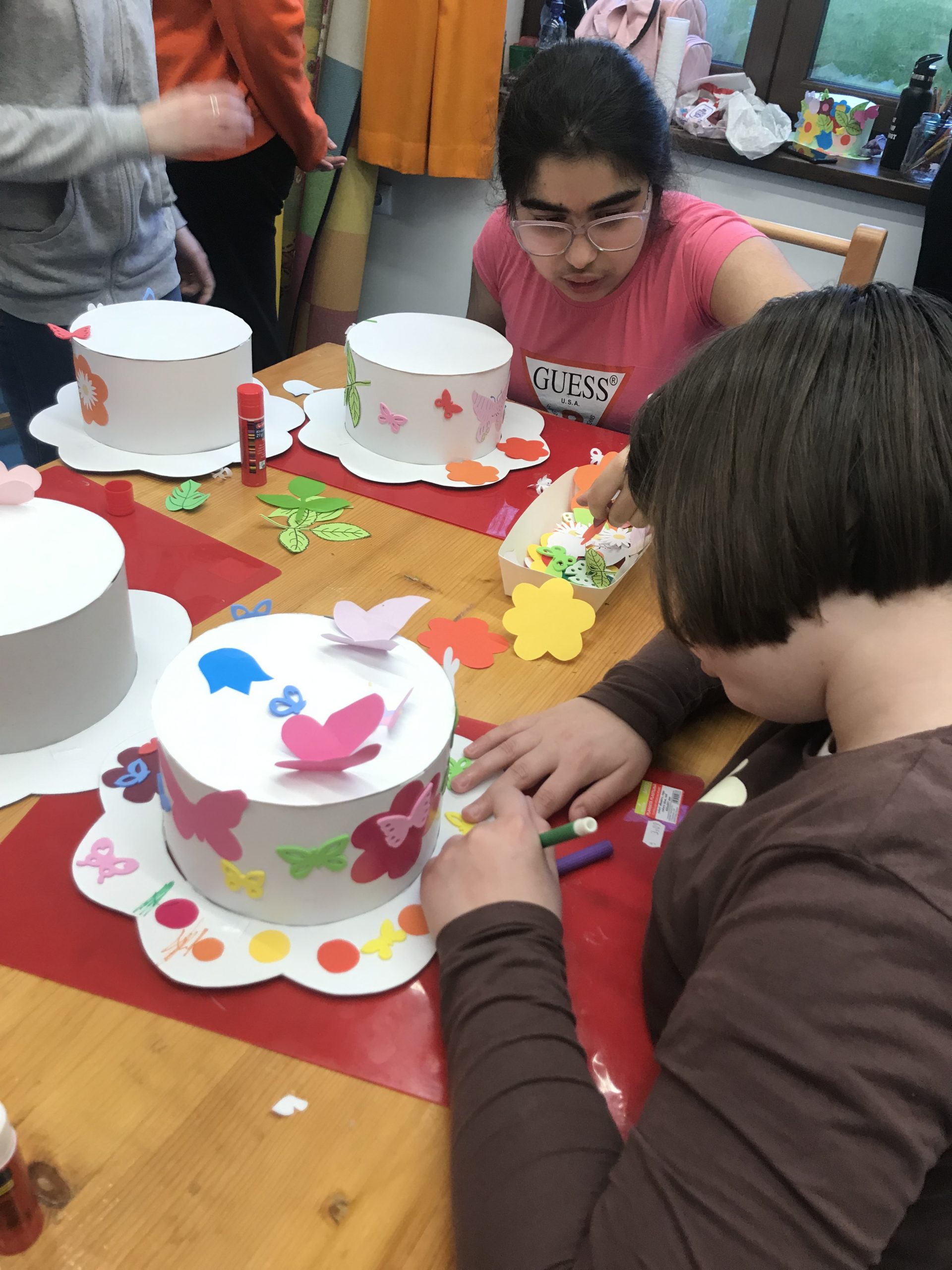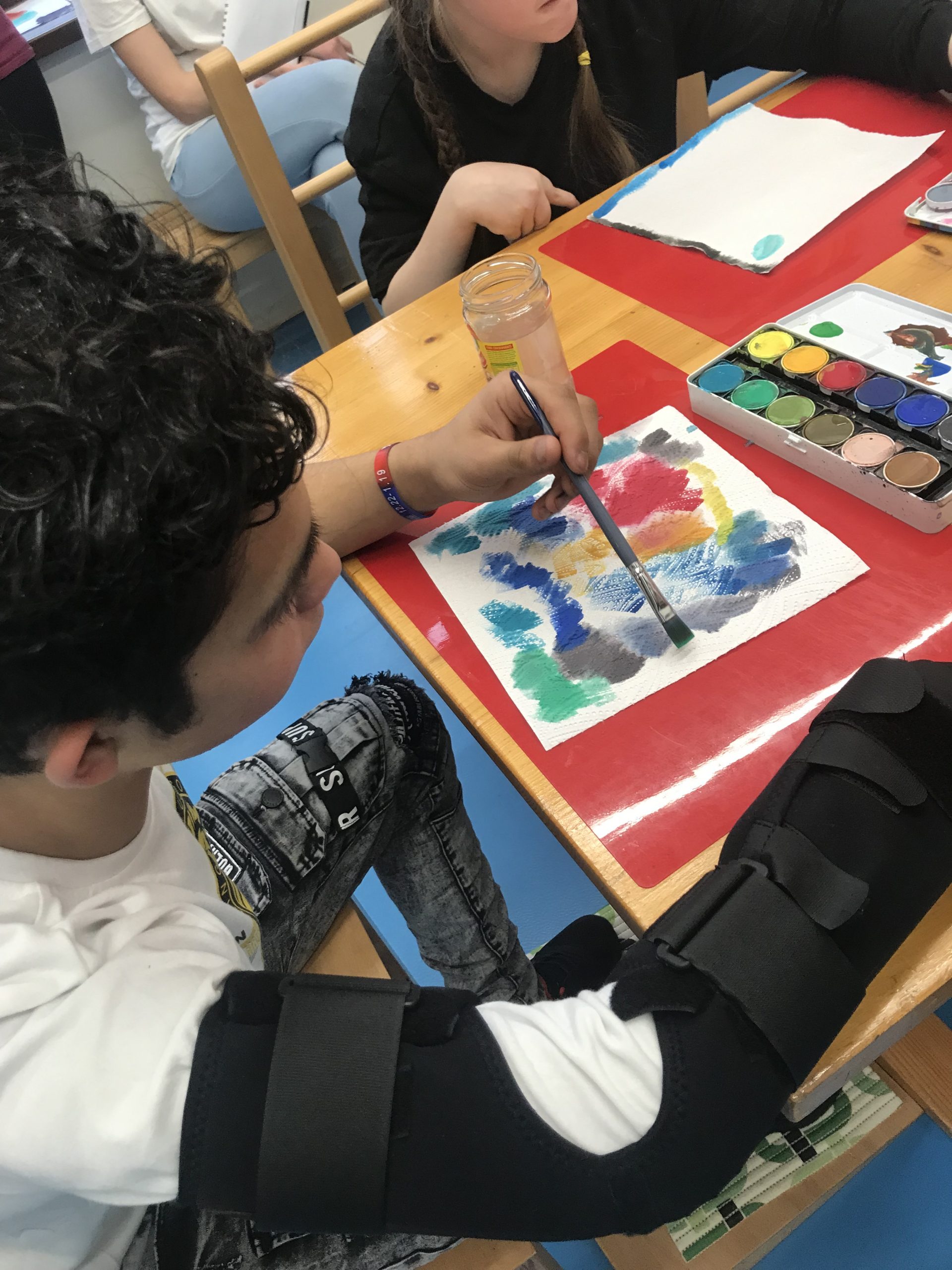Adolescent (14-18 years old)
This group is designed to meet the needs of school aged children and adults all over the year. During the few-week period they focus on improving their movement skills as well as everyday life skills what they can build into their daily routine at home in the most independent way. Adolescents have unique needs and goals, so it’s important to tailor the program to their specific requirements while addressing physical, cognitive, and social aspects of their development.
Here’s an outline for such a program:
Week 1: Assessment and Orientation
- Initial Assessment: Begin with a comprehensive assessment of each adolescent’s abilities, including motor skills, communication, cognitive development, and social interaction. Assessments should be adapted to their age and developmental stage.
- Orientation: Familiarize the adolescents with the conductive education setting, instructors, and daily routines. Create a supportive and encouraging environment to make them feel comfortable.
- Setting Individual Goals: Collaborate with the adolescents and their families to establish specific and achievable goals for each adolescent’s development during the program.
- Individualized Plans: Based on the assessments and goals, create individualized development plans for each adolescent. These plans should outline specific activities and strategies tailored to address their unique needs.
Week 2-3: Intensive Conductive Education
- Daily Sessions: Implement daily sessions that are engaging, age-appropriate, and intensive. Each session should include a variety of activities designed to promote mobility, fine motor skills, communication, and social interaction.
- Mobility and Motor Skills: Focus on activities that encourage mobility, balance, coordination, strength, and fine motor skills development. Activities may include exercises, walking, using adaptive equipment, and functional tasks.
- Communication Skills: Incorporate speech and communication exercises into daily routines. Encourage both verbal and non-verbal communication, and work on improving articulation, vocabulary, and social communication.
- Social Interaction: Promote social interaction through group activities, interactive games, and shared experiences. Teach and reinforce essential social skills for adolescents, such as effective communication, teamwork, and problem-solving.
- Life Skills: Depending on the adolescents’ abilities and goals, introduce life skills training, such as personal hygiene, meal preparation, and independent living skills.
Week 4: Progress Evaluation and Transition Planning
- Mid-Program Assessment: Conduct a mid-program assessment to track each adolescent’s progress. Adjust individualized plans as needed to address evolving needs.
- Transition Planning: Collaborate with the adolescents, their families, and future educators or transition specialists to create a transition plan for the period after the program. Ensure that the adolescents are prepared for their next steps, whether that involves further education, vocational training, or independent living.
- Celebration and Feedback: Celebrate the adolescents’ achievements during the program. Share feedback and recommendations with them and their families, highlighting areas of progress and areas that may need ongoing attention.
- Resource Sharing: Provide resources, materials, and strategies to support the adolescents’ ongoing development and transition to the next phase of their lives.
Throughout the program, maintain open and regular communication with the adolescents and their families to provide guidance and address any questions or concerns. Emphasize the importance of their active participation in their own development and the ongoing support of their caregivers or support networks.
The patients are required to set up appropriate goals what they want to work on throughout the weeks and the conductor team helps them to achieve a higher level of physical learning. Patients work within a group setting where they can encourage, motivate each other and improve their social skills as well.
Looking for another age group?


